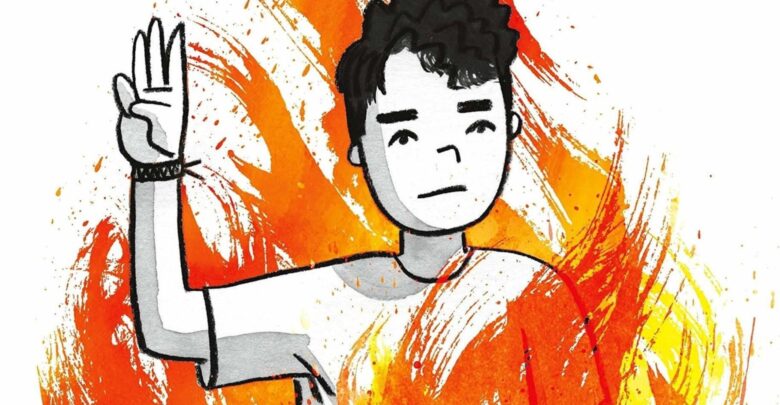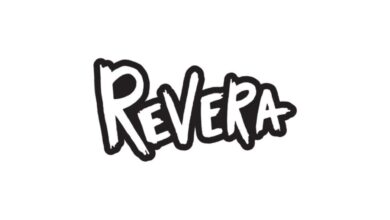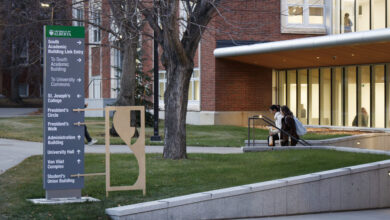Book Review: ‘Flamer’ by Mike Curato
In honour of Pride Month, and the Albertan government citing this book as inappropriate for schools, The Gateway is reviewing the four books listed as examples. 'Flamer' is one of them.
 Supplied
SuppliedRecently, the Government of Alberta launched a survey about age appropriate content in school libraries. Among the examples of inappropriate books was Flamer. Parents for Choice in Education (PCE) has taken credit for providing the book to Alberta Education Minister Demetrios Nicolaides. They are a conspiratorial conservative Christian group looking to control what students read. And what they don’t want students to read is anything related to 2SLGBTQIA+ stories.
Flamer by Mike Curato is a graphic novel released in 2020. The book follows a 14-year-old American boy named Aiden Novarro at summer camp, the summer before high school. Aiden is a bit overweight, has an “effeminate voice,” is only 5’6, and feels he doesn’t fit in anywhere.
At camp, the boys are boys. They tease Aiden, making gay jokes, dick jokes, and generally act as obscene as possible. This could rank with one of the most accurate depictions of 14-year-old boys I’ve seen in media to date.
Aiden dealt with these jokes all through middle school and he’s very worried about dealing with them in high school as well. He was in Catholic school up to now, but decides he wants to go to public school instead. Aiden going to Catholic school is a massive part of this book, as religious trauma is a huge theme throughout it. His inner dialogue surrounding the issue of religious trauma is a haunting, and an understandable explanation for his self hate.
He begins to have dreams about his “best guy friend,” Elias, and this makes him feel as if there’s something wrong with him. Due to his religion, Aiden is very worried about hell and generally struggles with religious trauma. He dreams of being burnt at the stake, or of being beaten by the kids at camp. He isn’t even sure about telling his best friend, Violette, who he tells everything to.
Throughout the book, Aiden deals with moments of embarrassment and harassment that all add to this shame. Whether it is kids outright calling him slurs or making jokes about him being gay, he can’t escape the barrage of insults.
At one point in the book, he has to deal with racism as well, which adds to Aiden’s feelings of abnormality.
While Aiden has a few friends he feels he can be himself with, there is only one adult in the book he feels seen by. But, this adult, his orienteering instructor, gets fired for being gay. Aiden learns this by overhearing other adults discussing while he’s eating in the cafeteria.
While this book is set in 1995, this still happens today. As recent as 2019, in the messy United States, a camp counsellor was fired after he posted a picture of him and his boyfriend. This book isn’t reminding us of prejudices we’ve overcome, but issues we are still facing. And this part, where Aiden is seeing signs he will always be targeted, is an important call to action.
Towards the end of the book, Aiden kisses Elias on the cheek, leaving him utterly ashamed when Elias aggressively rejects him. His camp counsellor getting fired for being gay after Aiden realizes he might be, makes him feel there is no hope in his future. And, it seems his friend Violette doesn’t write back to him when he asks if she would still be his friend if he was really weird.
This culminates in him wanting to commit suicide.
Armed with a pocket knife, he kneels at the chapel in his camp, and puts the blade to his wrist. He’s stopped by the “fire of life within his soul,” which is a humanoid flame who reminds him of his reasons to live. Afterwards, Elias apologizes, and Violette ends up writing back. The book’s ending is a reminder that dark moments end.
This part of the book is the most colourful. The dark reds and bright yellows symbolize how powerful this moment is very well.
In terms of removing this book from schools, I’m sure many would agree elementary schools don’t need this book on their shelves, and likely shouldn’t have it. But for teenagers, this is legitimate representation.
The book as a whole is, for anyone who had to be around 14-year-olds, accurate. And for anyone going through bullying or a post-middle school awkward phase, fully relatable. This book serves to show kids going through similar situations that they aren’t alone, and that there’s clearer skies ahead.




